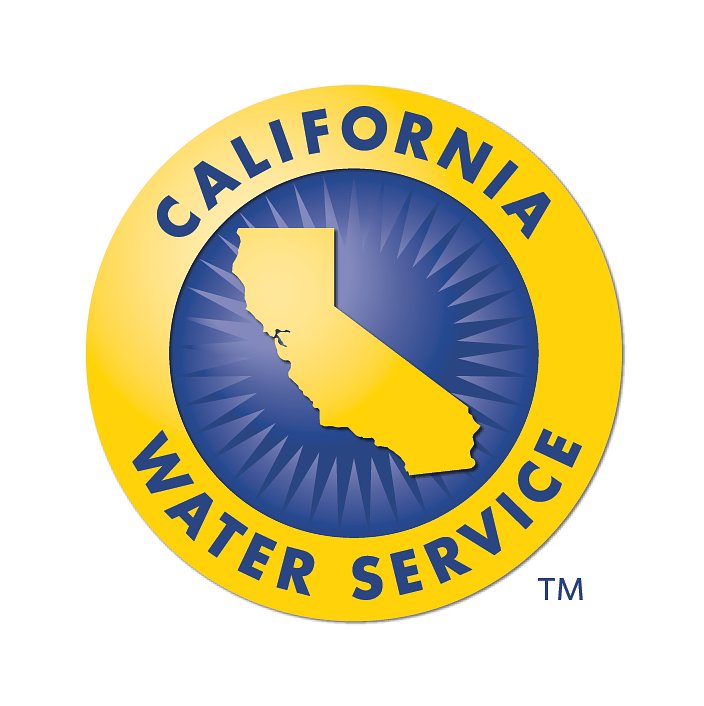
Central Valley's West Goshen Gains Clean Water Access, A Model for Drought Resilience
A small Central Valley community, long burdened by contaminated wells, now has reliable access to clean water. The project highlights a collaborative approach to drought resilience and environmental justice.
Central Valley's West Goshen Gains Clean Water Access, A Model for Drought Resilience
San Jose, Calif. – For decades, residents of West Goshen, a small, disadvantaged community in Tulare County, California, lived with the daily anxiety of unreliable and often unsafe drinking water. Relying on private wells, many families faced the constant threat of contamination and dwindling supplies, especially during prolonged drought. Now, thanks to a collaborative effort between California Water Service (Cal Water), Tulare County, the Community Water Center (CWC), and funding from the state, 44 additional homes have been connected to a reliable, clean water source – a victory hailed as a model for drought resilience and environmental justice in the Central Valley.
For years, West Goshen residents struggled with water containing nitrates, arsenic, and coliform bacteria, exceeding state and federal safety standards. “It was a constant worry,” said a long-time resident. “You didn't know if the water you were giving your kids was safe. It impacted everything - cooking, cleaning, even just peace of mind.” The situation was exacerbated by the region’s ongoing drought, which depleted groundwater supplies and further concentrated contaminants.
The recently completed project, building on a previous connection of 80 homes in 2014, extends Cal Water's existing infrastructure to serve the remaining homes previously reliant on failing private wells. The $3.45 million investment, secured through the California Department of Water Resources’ Small Community Drought Relief Program, is more than just a plumbing upgrade; it’s a lifeline for a community historically overlooked.
Addressing Environmental Injustice
West Goshen’s story is not unique. Many small, rural communities in the Central Valley, disproportionately communities of color and low-income households, face similar water access challenges. Designated as a disadvantaged community by CalEnviroScreen, West Goshen’s residents experience significantly higher poverty rates and fewer resources than the state average. “This project is a clear example of environmental injustice,” explained a representative from the Community Water Center. “For too long, these communities have borne the brunt of environmental burdens while lacking the political and economic power to advocate for change.”
The CWC played a crucial role in securing the funding and advocating for the project. They documented the water quality issues, mobilized community support, and worked closely with Cal Water and Tulare County officials. “It took a lot of persistence and collaboration to get this done,” said a CWC advocate. “But we knew it was essential to prioritize the health and well-being of these residents.”
A Model for Drought Resilience
The West Goshen project highlights the importance of proactive infrastructure investment in building drought resilience. California faces a future of increasingly frequent and severe droughts, demanding innovative solutions to ensure a sustainable water supply. Extending existing infrastructure, rather than relying solely on groundwater, is one such solution.
“This isn’t just about providing clean water today; it’s about building a more resilient water system for the future,” said a Cal Water spokesperson. “By connecting these communities to a reliable source, we're reducing their vulnerability to drought and climate change.”
The project also demonstrates the power of collaboration. Bringing together a utility company, a local government, and a non-profit organization allowed for a more efficient and effective approach to addressing the water crisis. “It required a shared commitment to finding a solution,” explained a Tulare County official. “Everyone involved understood the urgency of the situation and worked together to make this project a reality.”
Looking Ahead
While the West Goshen project is a significant victory, much work remains to be done. Hundreds of other small, disadvantaged communities across California continue to struggle with water access issues. Experts say increased funding, streamlined permitting processes, and a greater focus on environmental justice are crucial to addressing this ongoing crisis.
“This project is a model, but it’s just one step,” said a water policy analyst. “We need to scale up these efforts and prioritize the needs of communities that have been historically underserved.”
The success of the West Goshen project serves as a powerful reminder that access to clean, safe water is a fundamental human right. And that through collaboration, investment, and a commitment to environmental justice, a more sustainable and equitable water future is within reach.
“For the first time in a long time, we feel safe,” said a West Goshen resident. “We can finally drink the water without worrying about what’s in it. It’s a blessing.”
